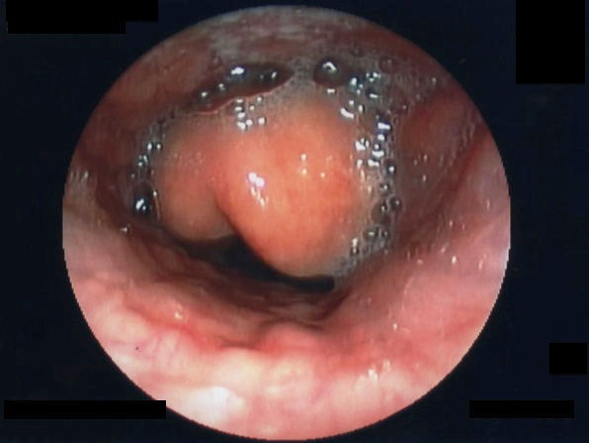Table of Contents
Overview – Acute Epiglottitis
Acute epiglottitis is a rapidly progressive and potentially life-threatening bacterial infection of the supraglottic structures, primarily affecting the epiglottis. Once a common paediatric emergency, its incidence has significantly declined in countries with widespread Haemophilus influenzae type B (HiB) vaccination. It is characterised by sudden onset of fever, sore throat, drooling, and respiratory distress, and should always be treated as a medical emergency due to the high risk of airway obstruction. Prompt recognition and airway management are critical.
Definition
Acute epiglottitis is a bacterial infection leading to inflammation and oedema of the epiglottis and surrounding supraglottic tissues, causing rapid upper airway obstruction.
Aetiology
- Most common causative organism: Haemophilus influenzae type B (HiB)
- Gram-negative coccobacillus
- Less common organisms (especially in vaccinated populations):
- Streptococcus pneumoniae
- Group A Streptococcus
- Staphylococcus aureus
Pathogenesis
- HiB enters via the respiratory tract and invades the epiglottic mucosa
- Triggers acute inflammation, oedema, and erythema of the epiglottis and adjacent structures
- Swelling narrows the airway, particularly at the supraglottic level
- Obstruction worsens with agitation or manipulation

Clinical Features
- Age group: Most common in children aged 1–4 years
- Abrupt onset with rapid progression
- High fever and toxic appearance
- Severe sore throat and odynophagia
- Dysphagia with refusal to eat or drink
- Drooling due to difficulty swallowing
- Muffled or hoarse voice (“hot potato voice”)
- Inspiratory stridor
- Tripod posture (sitting, leaning forward with chin up)
- Cyanosis or pallor in severe cases
Airway compromise is imminent — this is a medical emergency.
Investigations
Do not examine the throat or insert instruments until airway is secured. All assessments must prioritise airway protection.
Diagnostic Tests (only after airway secured or in stable patients)
- Lateral neck X-ray: “Thumb sign” – swollen epiglottis
- WCC: typically elevated
- Blood cultures
- Throat swab and culture (post-intubation only)
Management
Airway Management – Priority
- Urgent intubation by experienced personnel in ICU or theatre setting
- Alternatives: tracheostomy if intubation fails
- Humidified oxygen
Pharmacological Therapy
- Empiric IV antibiotics:
- Ceftriaxone or Cefotaxime
- Plus Clindamycin (for anti-toxin coverage)
- IV fluids for hydration
- Close monitoring in ICU
Extubation Criteria
- Afebrile
- Stable respiratory status
- Clinically improving
Complications
- Airway obstruction and asphyxiation
- Respiratory arrest
- Bacteraemia
- Meningitis
- Pneumonia
- Epiglottic abscess
Differential Diagnosis
- Croup (viral laryngotracheobronchitis)
- Retropharyngeal abscess
- Peritonsillar abscess (quinsy)
- Foreign body aspiration
- Anaphylaxis
Summary – Acute Epiglottitis
Acute epiglottitis is a medical emergency caused by bacterial infection, most notably HiB. It presents with fever, sore throat, drooling, stridor, and respiratory distress in children. Immediate airway protection and intravenous antibiotics are essential to prevent fatal airway obstruction. For broader context, visit our Respiratory Overview page.